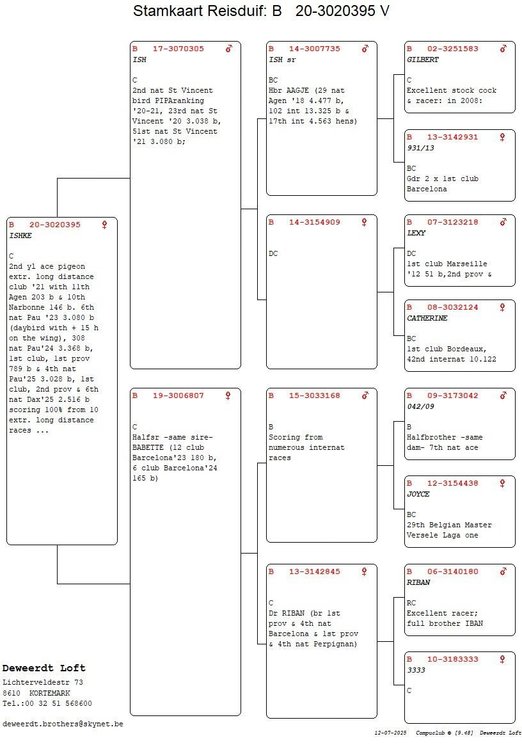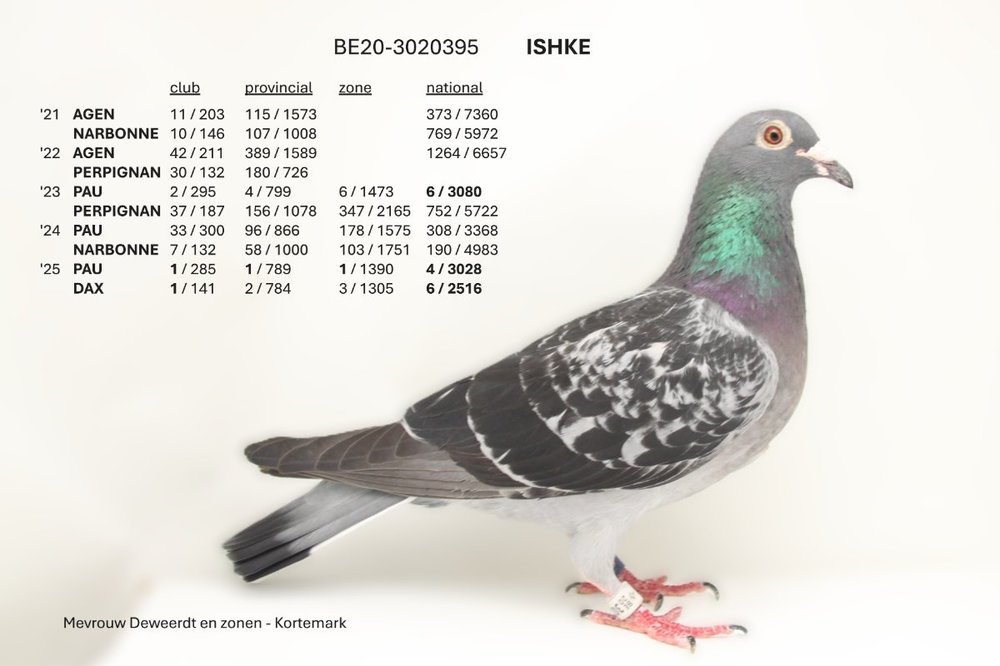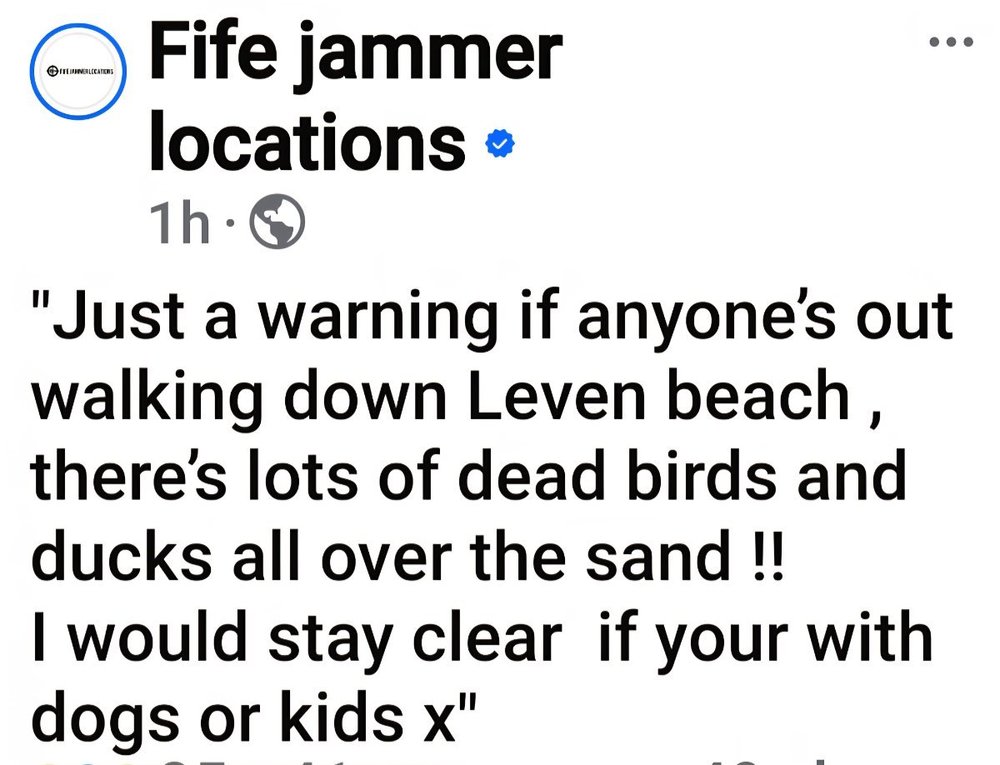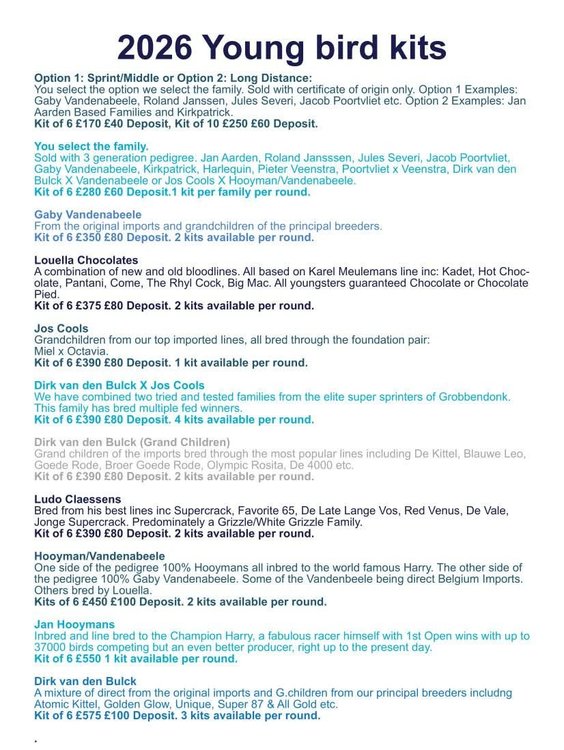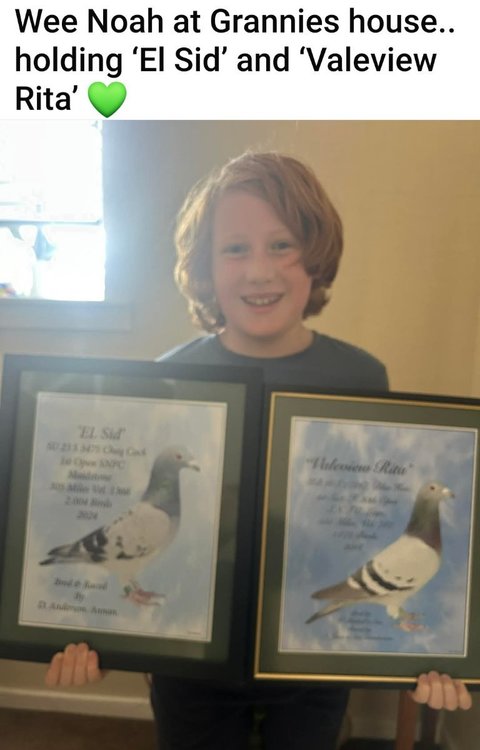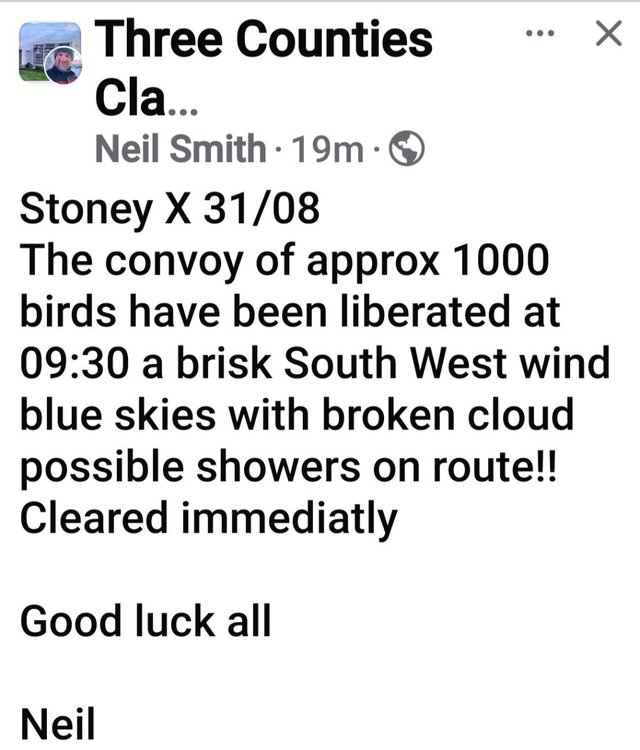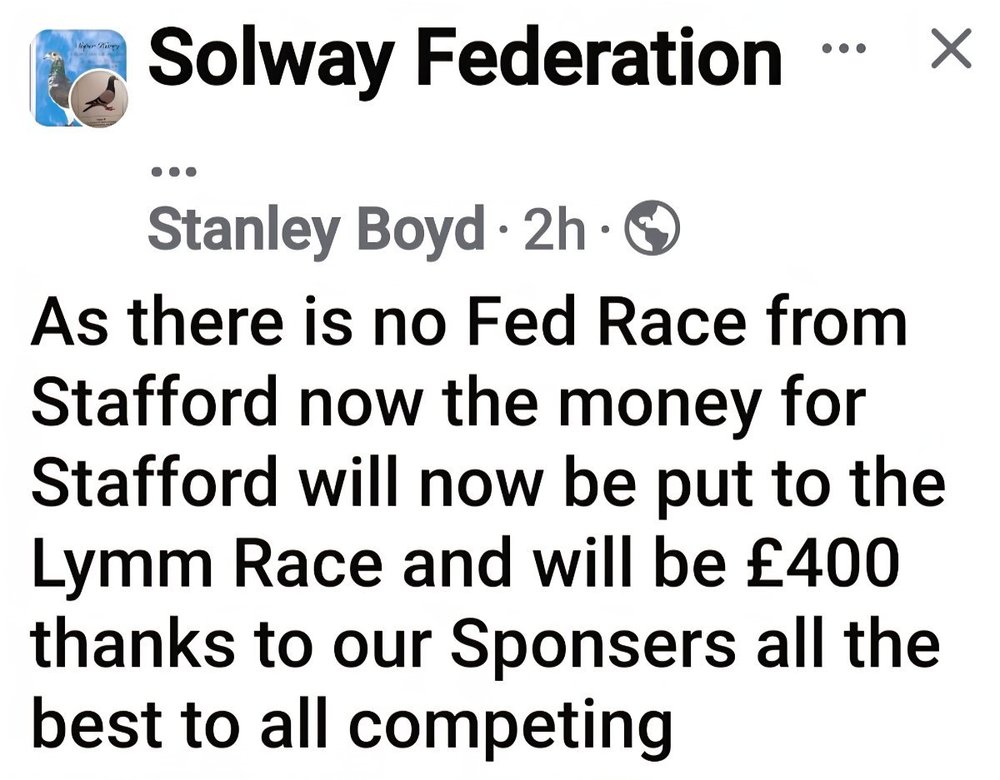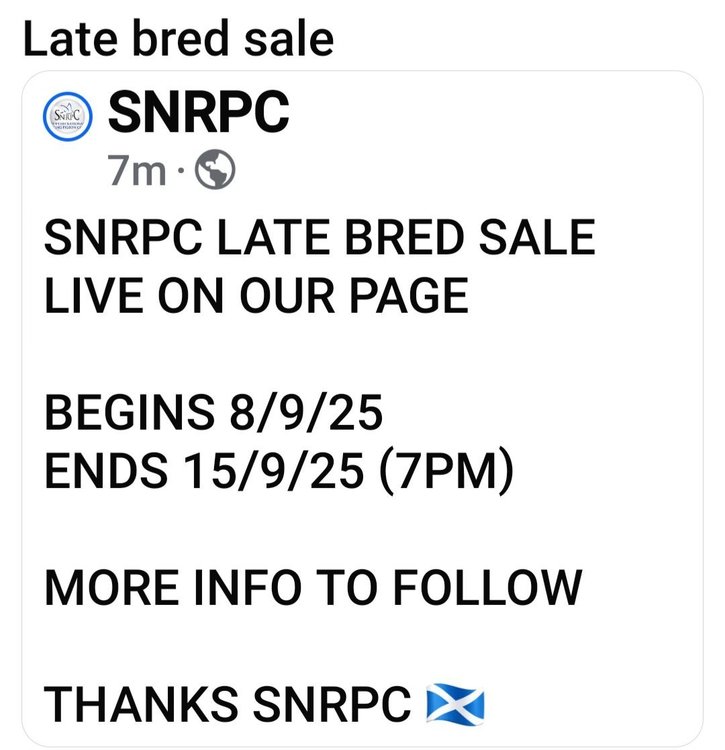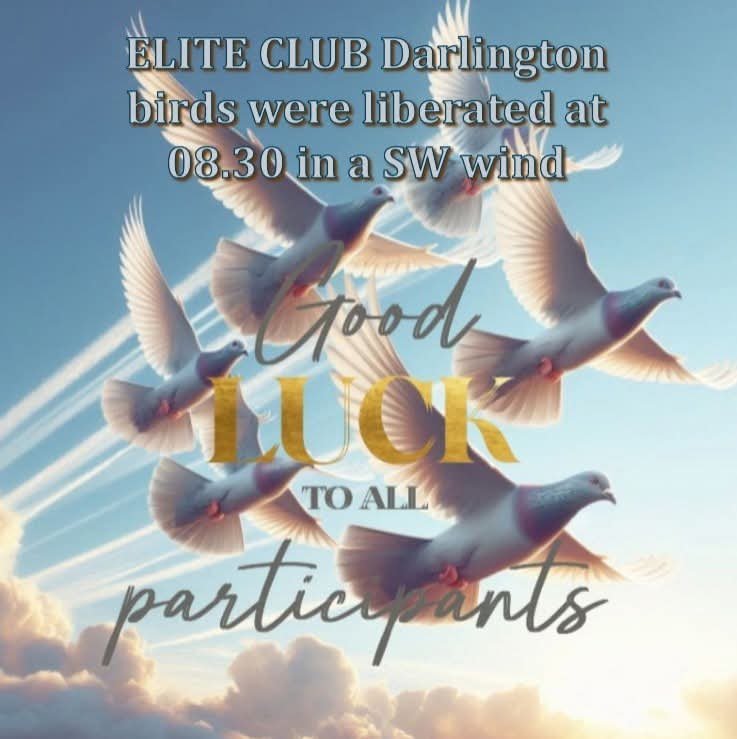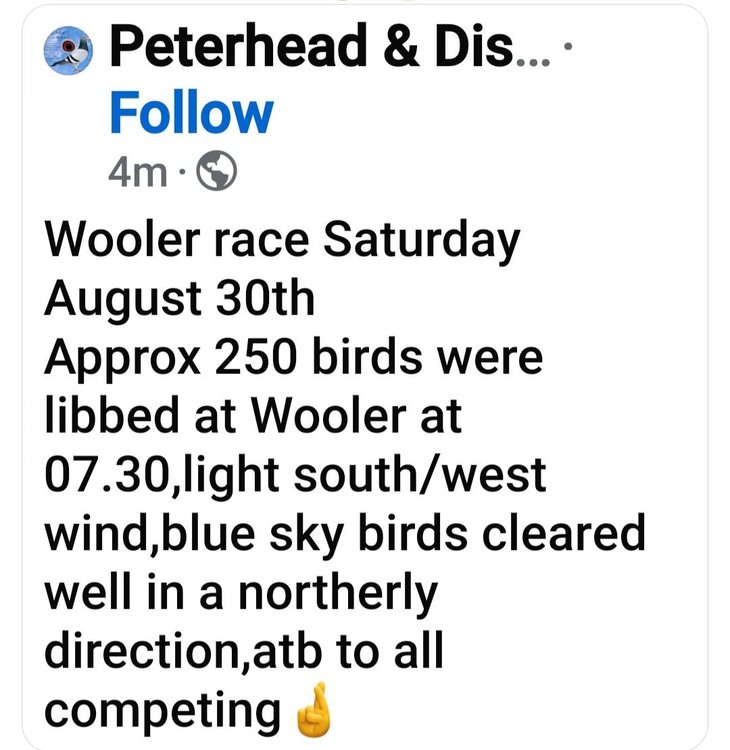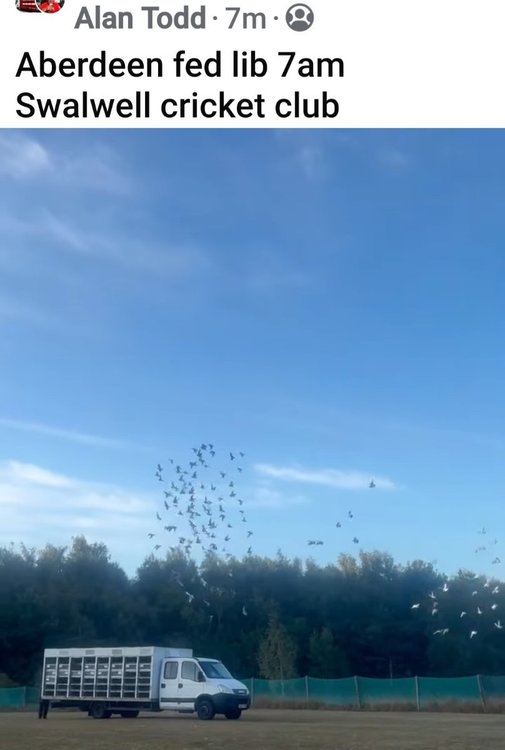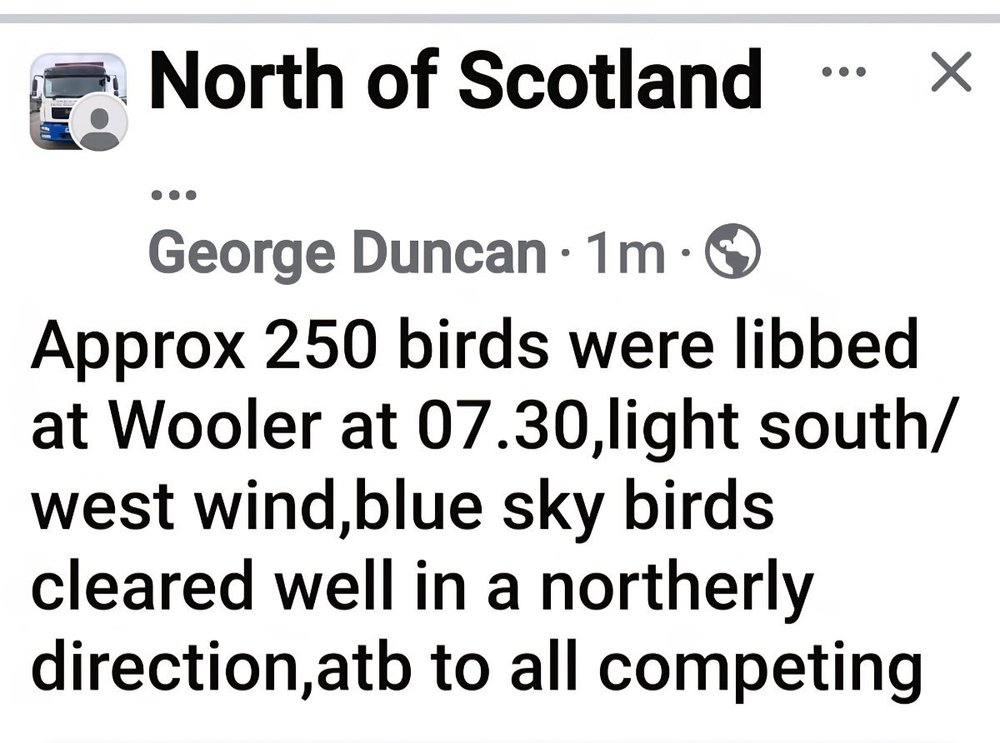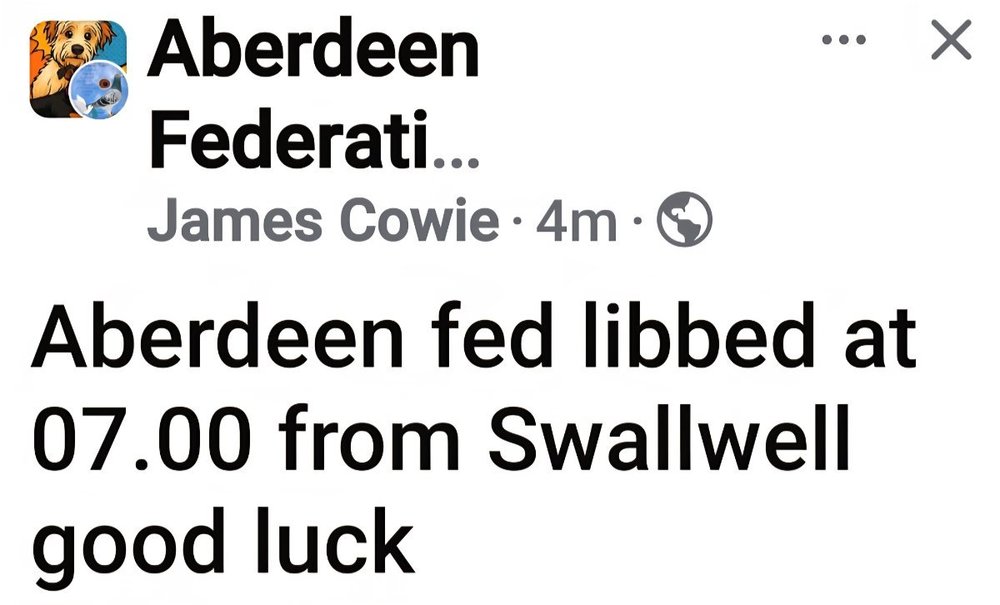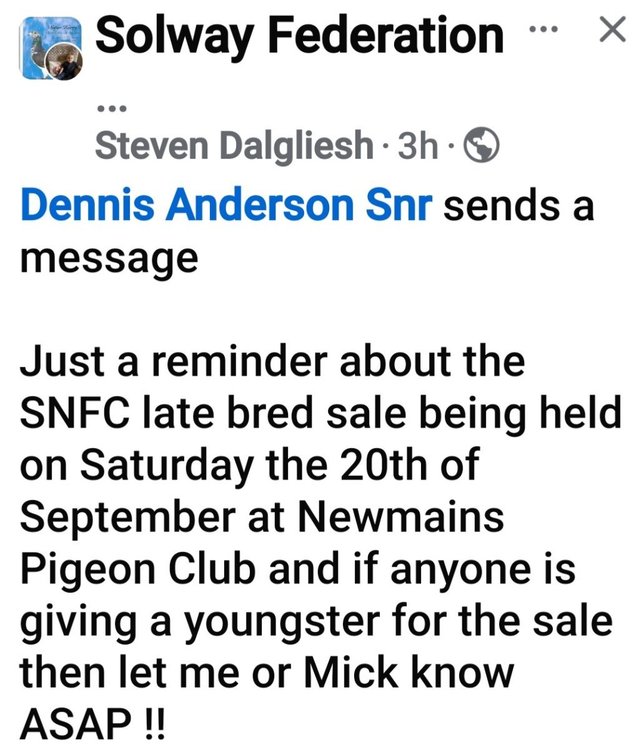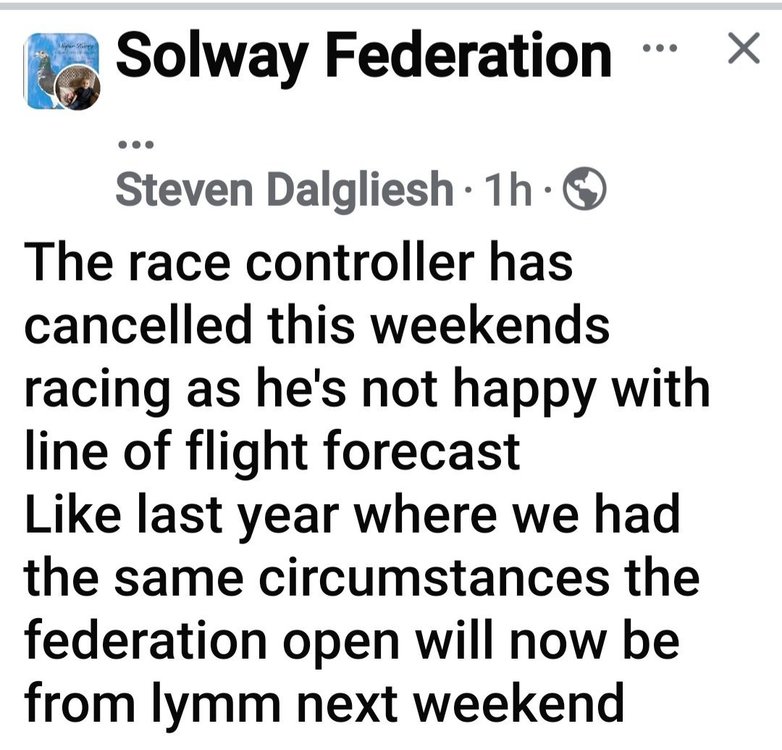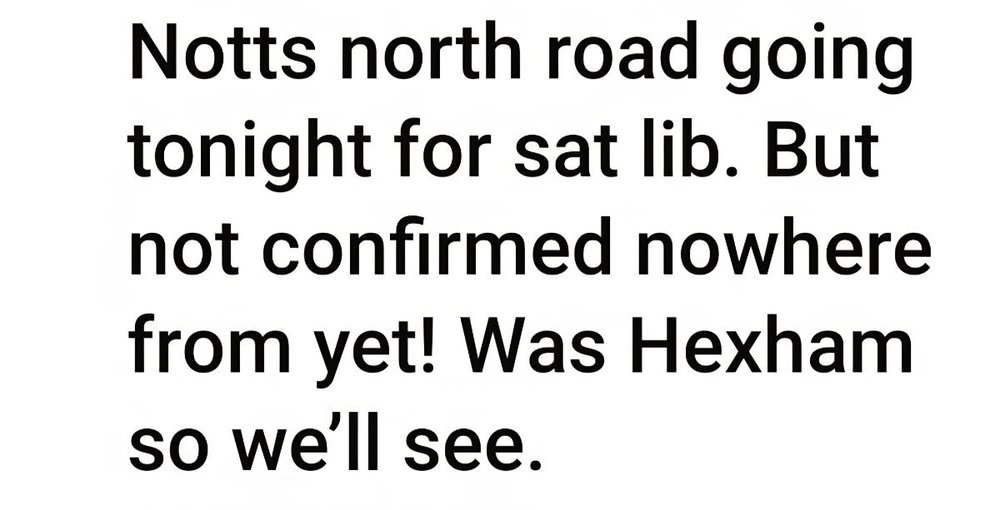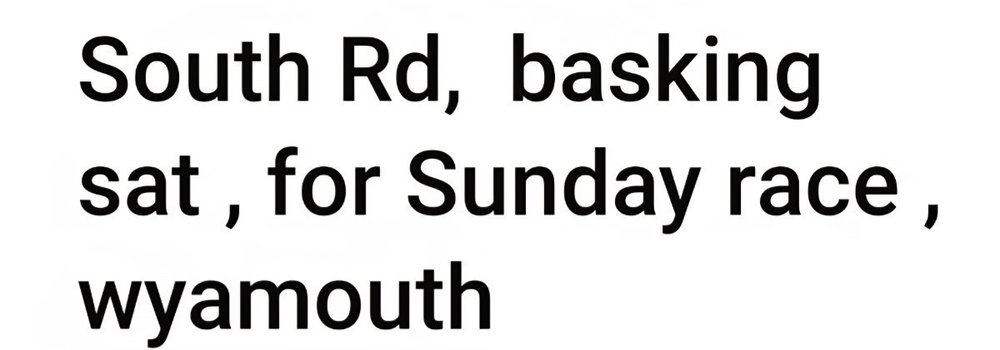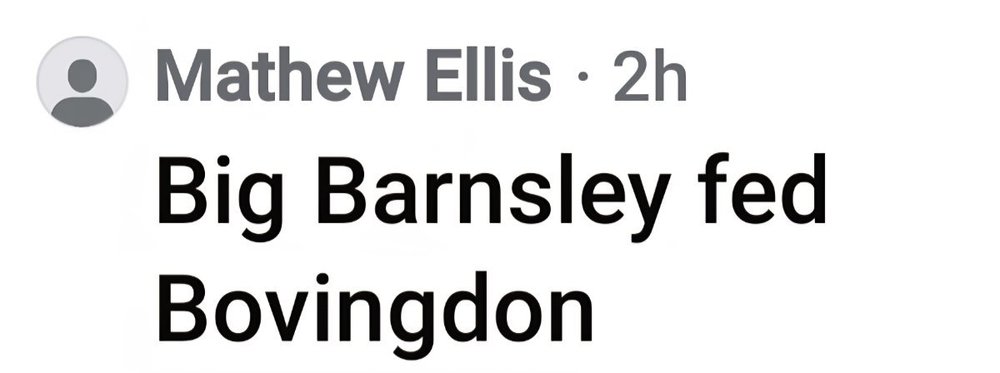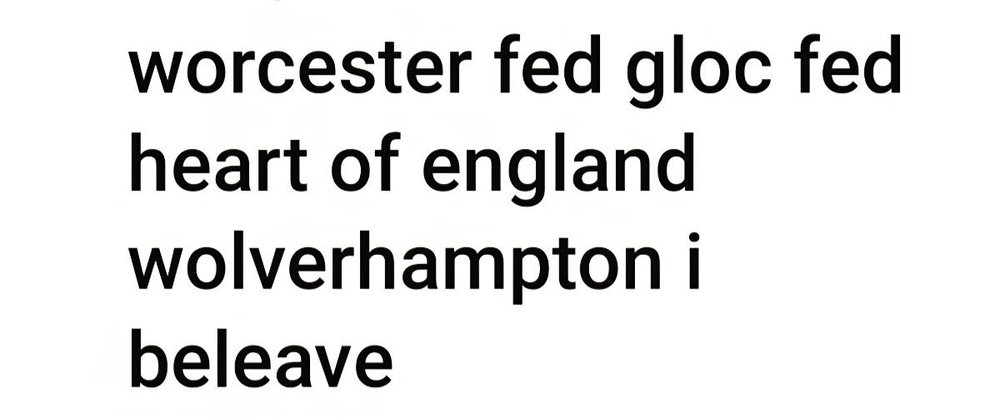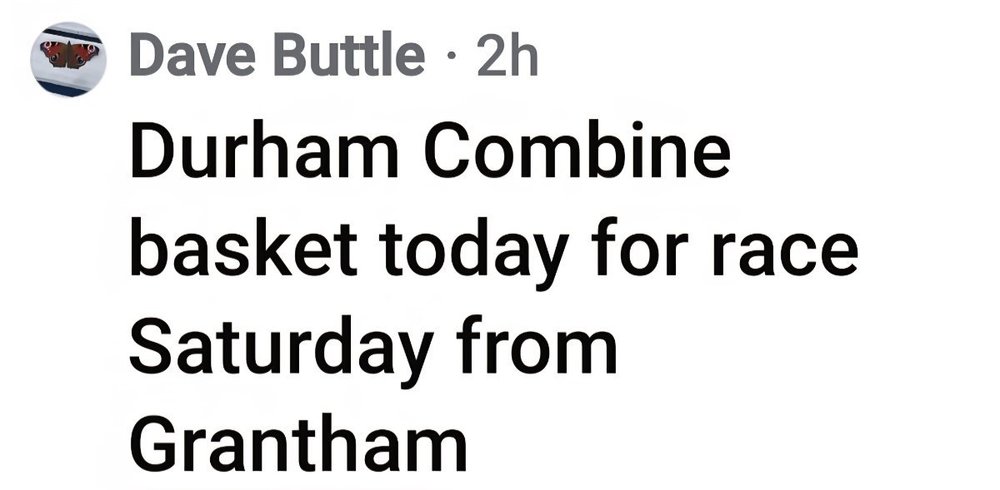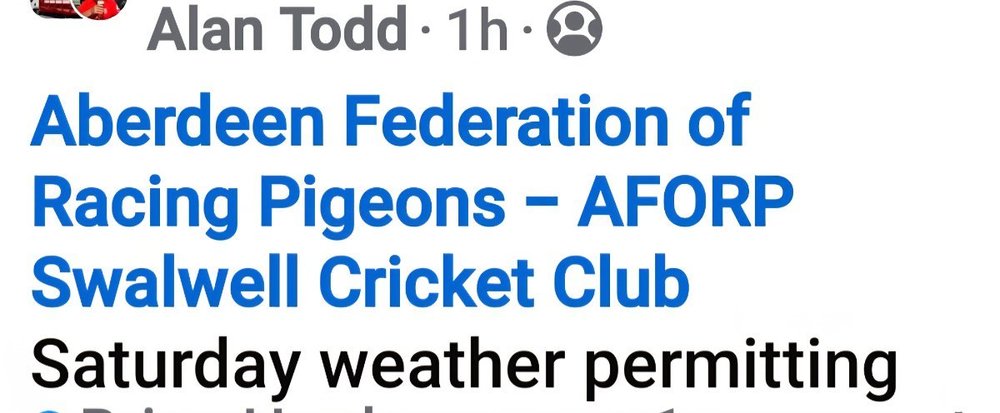The Joe Murphy Column
Received an email from my old friend Guy Reed of the Isle of White; who forwarded me an email to me from my old friend Bernard DeWeerdt and the family who are all well and the family birds all doing well too. He goes on to say that regarding his hen ‘Ishka’ who is currently a Belgium long distance champion. Filip (Bernard’s son) has been sending small teams and getting 100% returns with most of them on the sheet. Bernard too has been sending only small teams and is still giving the professionals a challenge. They have been reporting heavy predation in Belgium this year and the DeWeerdt’s have also been suffering losses at the loft due to BOP. The Belgium’s, like the UK have also suffered unusually high losses of old birds. ‘Ishka’ has been paired to retired successful racer a mealy called ‘Guy’. As he was one of a group of young birds I bred for him five years ago; another one of mine was called ‘Stuart’ as he was from the ‘Wilcox Hen’ that you collected for me from another Scottish fancier that you knew. The ‘Wilcox Hen’ is fast become the grandmother of the loft. One of her sons flew Tarbes this year for the third time. You may also be interested to know Bernard received a visit from PIPA but declined to sell his current prize winner ‘Ishka’. PIPA were taken by surprise, as this sale would also have given Bernard access to the current leading ‘Gene Pool’. I totally admire Bernard’s resilience to stick with his family of birds of well over 60 years that still are able to put up a major challenge, with the occasional cross introduced from top distance men. Yours truly (Guy)is still recovering from a recent hospital admission as he contracted Sepsis, Pneumonia and AF on his heart, a very close call for him, and very worrying for Carol. Thankfully he is recovering but it looks like a long-term recovery for him. Proving that we are not bulletproof proof any more, but knowing Guy the creator is not ready for him to join him yet, and hopefully he will get a few more attempts at winning ‘A Big One’. He said to me ‘Life on earth is about enjoying every moment, and for me even more time in the quietude of my field with the birds and the bees’. I do hope you & Margaret are both coping with life’s trials and tribulations too and wish you the best in health. All the best Guy’. I have added a photograph of Ishka along with her pedigree. My thanks to Guy and I asked him to pass on my good wishes to Bernard & Filip.
Results
Kingdom Racing Pigeon Association News from Pete Penman with the with the result from Alnwick young bird race flown on 2nd August with the convoy liberated 09-45am into a light north wind. Gary Hall from Coaltown of Balgonie club takes the first 2 places with J Proctor of St Serifs taking the next 4 places and Gary Hall from the Coaltown of Balgonie club with A Brunton of St Serfs winning 10th place. From our 3rd yb race from Alnwick on Sunday 10th of August the birds were liberated 08.30am. Taking the first two places is St. Serfs member Sandy Proctor with 2 gift birds from his good friend Brian Gorton. Next are Coaltown members Penman and Grubb with a dark pied hen who's sire was bred by John Proctor. John Proctor took the next four places. Darren Stonehouse won the Rosyth club and Alan Keanie led the way at Leuchars.
Almond Valley Federation
News from secretary Lynn Stewart with the Alnwick result flown on 10th August with the convoy of 807 birds liberated at 09:00 hours. D McBeath of Armadale club takes the first 3 places with the first 2 birds WHU rung. S Redmond of Fauldhouse club wins 4th open and J A Beaton of Armadale club is 5th & 6th with Fauldhouse T Gavin taking the next 12 positions from 7th to 18th open. John Hadfield of Armadale club wins 19th to 21st open.
Armadale 188 birds; D McBeath 1322.987, 1322.613, 1320.186, J A Beaton 1312.524
Bonnybridge 214 birds; V Couper 1251.458, 1234.282, I McLelland 1208.084, 1207.940
Carnwath 12 birds; Dr J Salmond 1088.418, R Robertson 881.015, 739.979, 735.024
East Calder 57 birds; F Jamieson & Son 1183.259, 1129.087, 1086.286, I Jamieson 1078.919
Fauldhouse 197 birds; S Redmond 1317.108, T Gavin 1306.083, 1306.083, 1305.895
West Calder 139 birds; J Bird 1294.220, 1293.645, 1292.112, 1291.921
Fife Federation of Homing Pigeon Societies
News from Geordie Todd who informs us that Methilhaven club sent 153 birds; Kennoway had 148 birds; St Andrews 75 birds and Novar & Leslie had 26 birds; to the 1st Alnwick young bird race flown on the 2nd August with 669 birds liberated at 09:45 into a light north west wind.
Topping the federation and east section is Dave Armour of Methilhaven club he also wins 4th place as well. B Chalmers of Kennoway is 2nd & 7th with his father-in-law Tam Laing winning 3rd & 6th positions. Brian Kinnear also of Kennoway club wins 5th 8th 9th & 10th positions.
The West section had Dunfermline club sending 152 birds and Lochgelly club sending 115 birds. J Beveridge of Lochgelly club wins the top spot with C Buchanan of Dunfermline club winning 2nd 3rd 5th 6th 8th & 9th positions. Harry Ireland of Lochgelly club wins 4th section and J Hynd & son Ian of the same Lochgelly club win 7th section. Dunfermline clubs A Simpson wins 10th section. Other clubs first birds were as follows Turpie & McCord and J Harcus. From the Alnwick 2 race the 525 birds were liberated at 08:30 into a light south west wind. Kennoway club had 144 birds with B Chalmers taking the first 3 places plus 9th; Methilhaven club had 148 birds entered and taking the 4th 5th 7th 8th & 10th is Dave Armour with Turpie & McCord of Novar & Leslie club in 6th place. The West Section of Lochgelly 52 birds & Dunfermline 101 birds was as follows; winning 1st place with C Buchanan of Dunfermline winning 2nd 3rd 7th 8th 9th & 10th places; with J Hynd & son of Lochgelly club taking 4th 5th & 6th positions. St Andrews club sent 52 birds with the winner John Harcus and A Wallace wins the Novar & Leslie who had 28 birds at the race.
Angus Federation
News from Charlie Cameron informing us the Arbroath club had 3 members sending 45 birds; these were liberated into a light west wind. Paul Cameron takes the top spot plus another 3 birds in 5th 6th & 7th positions. Graham McKenzie wins 2nd to 4th place with R Nowosad winning 8th 9th & 10th positions. For the 3rd young bird race of the season which was flown on the 9th August with the liberation taking place at 9am into a west to southwest wind. 2 members sent 25 birds and Graham McKenzie wins the first 4 places with Paul Cameron taking 5th spot. David Liddle forwarded the Forfar Club and Federation results for the Auchendinny young bird race; were 13 members sent 372 birds these were liberated at 09-00am into a light south west wind. D & D Hay of Gourdon club take the first 4 places plus 9th & 10th positions.
A Golicki of Forfar club wins 5th 6th 7th & 8th positions. The West Section top 10 places with the winner A Golicki and Willie Nicol wins 5th to 8th with Leggett & Greig winning 9th place followed by J Scott of the Forfar club in 10th place.
Club Winners as follows; Arbroath had 3 members sending 39 birds winning the club is Paul Cameron with his bird doing a velocity 953.75; Gourdon club had D & D Hay doing a velocity of 1051.20;
Montrose club had One member sending 12 birds and the winners are M Wallace & son with a velocity 908.69. From the federation race from Auchendinny which was flown on the 26th July; there were 7 members sending 239 birds and these were liberated into a light south west wind. A Golicki took the first 4 places with W Nicol taking the next 4 places. For the 3rd young bird race of the season which was flown on the 9th August with the liberation taking place at 09-00am into a west to southwest wind. Arbroath club had 2 members sending 25 birds and Graham McKenzie wins the first 4 places with Paul Cameron taking 5th spot. Forfar had Leggett & Greig take the first 2 places with David J Liddle taking the next 2 plus 6th with Dave Glen taking the remaining places up to 11th. Davie Liddle wrote; ‘I have attached the results for the Forfar club and Angus Federation for our second young bird race from Auchendinny. It was a lower-than-normal entry with several members affected by the dreaded young bird sickness. The race was flown on 20th August with 14 members sending 306 birds these were liberated at 09.00 am into a light west wind. The partnership of Leggett & Greig took the first 2 places with David J Liddle winning 3rd 4th & 6th, Dave Glen took 5th 8th then 15th to 18th place. D & D Hay of Gourdon club won 7th 9th to 14th places with Paul Cameron of Arbroath winning 19th with A Golicki of Forfar making the top 20th spot.
Arbroath club 3 members; 45 birds; winner P Cameron 1335.59 velocity
Forfar club 7 members;189 birds; winner Leggett & Greig 1445.07 velocity
Gourdon club 2 members; winner 32 birds; D & D Hay 1382.55 velocity
Montrose club 2 members; 40 birds; winner M Wallace & Son 1316.31 velocity
Forfar Racing Pigeon Club
Leggett & Greig take the first 2 places with David J Liddle taking the next 2 plus 6th with Dave Glen taking the remaining places up to 11th.
The North of Scotland Federation were at Strathkinness (1) young bird race flown on 2nd August with 44 members sending 1175 birds these were liberated with No wind at the race point. The East Section had 21 members sending 700 birds and N Holt of Peterhead & District club wins 1st 3rd & 4th section and open with S Glue of the same club taking 2nd 9th & 10th section and open. Maskame & Cordiner of the same club win 5th 6th & 7th positions and A Woodhouse of the same club wins 8th place.
The West Section had 23 members sending 475 birds with A Hay of Deven Valley club taking the first 2 section places plus 7th section winning 27th 31st & 36th open. G McLeod wins 3rd 8th & 9th section plus 32nd 37th & 38th open with club mated J Abel winning 4th 5th & 6th section & 33rd 34th & 35th open. A Milne wins 10th section & 39th open.
Clubs First Bird; Peterhead & District winner is N Holt velocity 1390.255. Fraserburgh & District winner A W Buchan velocity 1291.469; Inverurie winner is S Witherspoon velocity 1234.631; Devern Valley winner is A Hay velocity 1153.856; Fraserburgh West End winner is D Ward velocity 1143.280; Keith winners are Duncan & Thomson velocity 1033.420; Elgin & District winner is W Ritchie with a velocity of 939.527. Well done of N Holt on topping the federation and also well done to A Hay on winning the west section. From the Strathkinness 2 young bird race flown on the 9th August; 33 members sent 872 birds these were liberated into a south west wind. The East Section had 24 members sending 620 birds; and topping the section and open is the Peterhead club’s Neil Holt who takes the first 3 place with the winner doing a velocity of 1893. S Glue of the same club is 4th 5th & 6th followed by A Woodhouse who takes the next 3 places and my old mate Stewart Maskame & Cordiner taking 10th spot. The west section had 9 members sending 252 birds; Devern Valley’s G McLeod wins 1st 2nd & 6th section 31st 32nd & 36th open. Keith club member A J Reid wins 3rd 7th & 10th section 33rd 37th & 40th open. R Wilson of the same club wins 4th 9th & 10th section 34th 38th & 39th open with Duncan & Thomson of Keith club winning 5th section 35th open.
Clubs First Bird
N Holt wins Peterhead & District velocity 1893.254
A W Buchan wins Fraserburgh & District velocity 1700.259
A Higgins wins Fraserburgh West End velocity 1669.880
S Witherspoon wins Inverurie velocity 1643.644
G McLeod wins Devern Valley velocity 1521.579
A J Reid wins Keith velocity 1386.410
J Jack wins Elgin & District velocity 1160.187
Well done to N Hold on topping the federation and also, Well done to G McLeod on winning the west section
Pentland Hills Federation;
News from Andy Miller with the Consett race result with the birds being liberated on Friday 8th August at 08-30am into a south west wind; with 51 lofts sending 1579 birds. Andy writes
‘Hi Joe, for the third young bird race of the season for the Pentland Hills Federation race from Consett on Friday 8th August. Flying a distance of 84-96 miles for the members. Winning 1st 2nd & 9th open Pentland Hills Federation from 1800+ birds liberated is the form loft of Freddie & Willie Robertson from Danderhall club, who timed their two darkies together on a velocity of 1390 & 1389. The winning pigeon was home bred from stock obtained from Premier Stud Hereman Ceusters. The second was CA rung bred by Tam Manger from Bo’ness again from Hereman Ceuster stock. Returns for the first 15 minutes were excellent; with D Brown of Danderhall club winning the next 4 place with A W Robertson winning 7th open. B Thomas & son of East Houses are 8th with W Kinnear & son of Danderhall club in 10th spot. Helen Aitken & sons are 11th with Mr & Mrs Girdwood of Sighthill club winning 12th & 13th places. A & A Baillie are 14th with R Simpson of Easthouses in 15th place K Wright of Danderhall club wins 16th 17th & 18th positions with B Thomas & Son of Easthouses in 19th spot and making the top 20 are S & S Tierney from Danderhall club. Thereafter they just dried up, with approximately a third of the convoy missing. The graveyard of racing out of Durham strikes again with birds reportedly flying up and down the valley once again! My opinion is fanciers sending birds with little or no training and hoping they’ll keep up with the guys who have been working their birds for weeks, which only hold a percentage of the others back creating a panic in youngsters: regards Andy
Joe Murphy Mystical Rose Cottage 2 Flutorum Avenue Thornton by Kirkcaldy KY1 4BD or phone 01592 770331 or Email to joejmurphy1@gmail.com REMEMBER THE J IN THE MIDDLE or log onto www.elimarpigeons.com - cogeco.ca -forum@pigeonbasics.com who wish my weekly contribution portfolio on pigeon topics from Scotland
© Compiled by Joe Murphy




